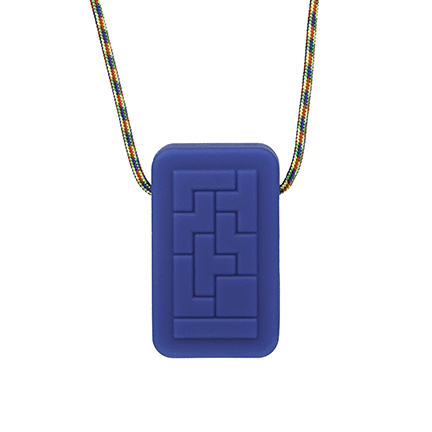
The GPS locations in the log file link to the images based on the time stamp. Something to keep in mind is that you synchronize your camera clock with your GPS device or notice the time difference.
Photo geotag lookup download#
Even quicker is to directly download it from the app via a browser on your computer. EasyTrials let you easily share this with your computer via email.
Photo geotag lookup pro#
Another option is Geotag Photos Pro 2, but there are many other apps. For smartphone users, this is just a matter of installing a route tracing app that can save a trace in one of the standard GPS file formats.įor this purpose, I use the EasyTrials app by Zirak. The idea is that you have a separate device that records and logs your geolocation throughout the day or at least during your shoot. If your camera is not capable of geotagging while you shoot, you still have an excellent alternative: a GPS log or trace. If not, I use a log if available or geotag by hand. When I come home with new images, I check whether they have a geotag in the file. Although this combination is improving on stability since I started using it, it is still not 100% reliable. So why not use them for geo-locating our images? I use a Sony A7R III camera and the Sony Imaging Edge Mobile app on my smartphone for this purpose. Smartphones are our always-on and always-with-us GPS devices. Examples of such apps are the Nikon Wireless Mobile Utility, Canon Camera Connect, and Sony Imaging Edge Mobile. There are also third-party devices for this purpose.įinally, more and more cameras can make a wireless connection to a device like a smartphone with a dedicated app. Examples of such devices are de Nikon GP-1/1A and the Canon GP-E2. For these cameras, you can buy an external GPS receiver that you connect in the hot shoe or else. The Canon EOS 5D Mark IV, and the 1DX Mark II and III are some examples. Some cameras have a built-in GPS receiver, just like your smartphone. And although my state of the art camera gear is capable of using the first option, I use all three options, as I will explain below. I will go into each option in more detail in this post. You look for the known location on a map on your computer and save the coordinates in the image. You merge the location data after the shoot with the images on your computer. Second, you record your geolocation while you shoot into a log file on a separate device.

The camera stores the geolocation in the image file. In the first place, you save the geolocation during capture.When To Geotagįrom a workflow perspective, there are three ways to geotag your images. Apart from dedicated tools, we all carry a GPS device with us today: our smartphone. You need a GPS device to determine and record your position at a specific moment in time. In that case, it is stored in an XMP sidecar file or embedded in the image file if you prefer that. The geolocation is either recorded as part of the EXIF data by the camera or added later as metadata. A location has coordinates for latitude and longitude, and optionally altitude. We use the very same data for our navigation. Geolocating is possible, thanks to the availability of GPS data from satellites. Filter And Search Your Images in Capture OneĪbout rating and tagging, filtering, and searching images.This post showing different tools and workflows to geotag your images Looking into a metadata workflow with a tool outside Capture One Sync Metadata Between Photo Mechanic And Capture One.I have more posts on metadata to cover this vast area from different angles.Ĭovering metadata in general, and the Metadata tool in particularĭiscussing the use of keywords includes both the Keywords and Keyword Library tools With this post, I focus on the user who is already using metadata. Now, while reworking my entire digital archive, I manually geotag all of my images as long as memory serves me. Initially, I thought it was a very complicated process. How awesome is that? I did not knowĪbout two years ago, I started to geotag my images during or shortly after capture.

You can view a map of your town, country, or planet and locate all your images taken in a particular spot. The place you took an image is a vital piece of information like all the other metadata. You covered the what, know the when, and perhaps why you took the picture.

You can link GPS data in several ways to your image, both during and after capturing.Īssuming you have taken care of your image’s metadata.

The ability to pinpoint where you took a picture, next to what, and why, complete your metadata set. Geotagging your images with GPS data adds value to your photo collection.


 0 kommentar(er)
0 kommentar(er)
